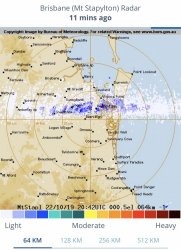JohnM
Enthusiast
- Joined
- Jun 7, 2006
- Posts
- 11,809
- Qantas
- LT Gold
Why? I very much doubt that he'd care.
Having attempted to correct articles in the past, I found that the newspapers are very selective in what they print. They like echo chambers, and alternative voices are not to be heard.
I simply posted this to the comments section below the online article (and the moderator accepted it):
Mr Bailey may care to read this: My Letter to the Editor of New York Times Magazine
I agree that there is not a lot of point engaging in a discussion, it may be too old a news article for anyone to read it or recent comments on it now, and there may be no alert to draw Bailey's attention to it, but at least it's there for people to see.

















